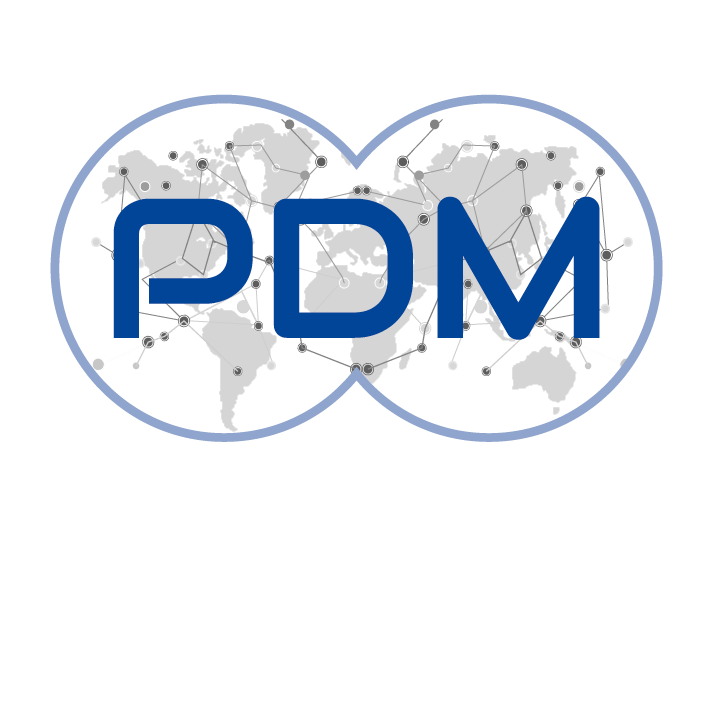Page content
Amid the Pandemic, Nepal Takes Key Step Toward Debt Transparency
Amid the pandemic, the Public Debt Management Office of Nepal published its first Public Debt Report. World Bank, through Debt Management Facility (DMF), supported the Nepalese debt officials with just-in-time, long-term training to build capacity for the report and other main debt management priorities. The new publication aims to provide debt transparency and plays an important role to provide accountability and improve governance of public debt management.
COVID-19 hit Nepal hard—and at a particularly inopportune time. Nepal’s public debt increased by 35.5 percent in FY2019/20 amid mounting expenditures to mitigate COVID-19 and falling tax revenues due to slowdown in economic activities. The government had established the national Public Debt Management Office (PDMO) in 2018. Its new staff, re-assigned to PDMO from other government departments, needed training on essential debt management functions. Moreover, the information needed for sound debt-management practices was scattered among different public institutions.
Nepal-DMF Partnership pays off
Nepal adapted swiftly—with support from the Debt Management Facility (DMF). The DMF is a multi-donor trust fund jointly implemented by the World Bank and the International Monetary Fund. It offers advisory services, training, and peer-to-peer learning to more than 80 developing countries around the world to strengthen their debt management capacity, processes, and institutions.
Nepal had been receiving DMF support since its first Debt Management Performance Assessment in 2011. In 2019, the Nepalese authorities had embarked upon a debt reform plan that focused on four initial blocks: (i) reviewing the legal framework; (ii) managerial structure; (iii) recording and reporting capabilities and (iv) domestic debt issuances. The emergence of the pandemic, however, changed the priorities.
The country’s previously agreed-upon reform plan was temporarily put on hold. World Bank experts, attentive to the authorities’ just-in-time needs, designed a capacity-development program focused on main government priorities: (i) deriving and interpreting cash flows for bonds and loans; (ii) computing cost and risk indicators; and (iii) preparing a consolidated debt report; and (iv) providing technical assistance on medium-term debt management strategies. This approach would not only build staff capacity on much-needed funding operations, but also provide the basic building blocks towards stronger debt management institutions and process, and greater transparency.
“In April 2020, we started delivering weekly virtual training sessions for Nepalese debt management officers” said Andre Proite, Senior Debt Specialist with the World Bank’s Macroeconomics, Trade & Investment Global Practice. “We continued the weekly sessions for eight more months. We followed a tight training program but customized it to PDMO’s immediate needs.” The training was designed as part of a technical assistance on medium-term debt management strategy, providing knowledge on: identifying debt coverage, planning period, potential sources of financing, domestic market constraints, alternative strategies, and projecting future debt services, among others.
During DMF’s training, the Nepalese debt managers learned about different types of debt instruments and their cash flows. They learned how to get the data, such as currency and interest-rate data that could be directly withdrawn from the system. And they learned how to calculate the cost and risk indicators, which are essential for the developing the debt management strategy. […]



